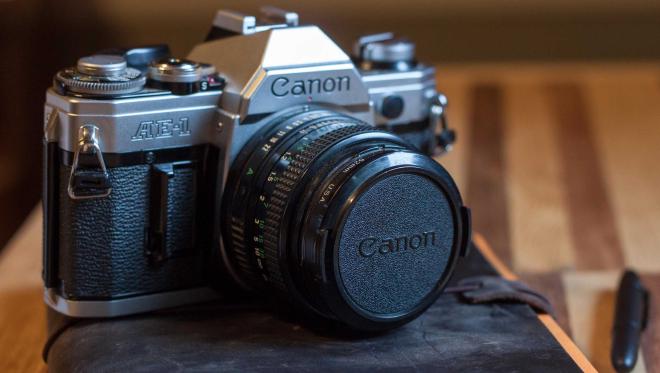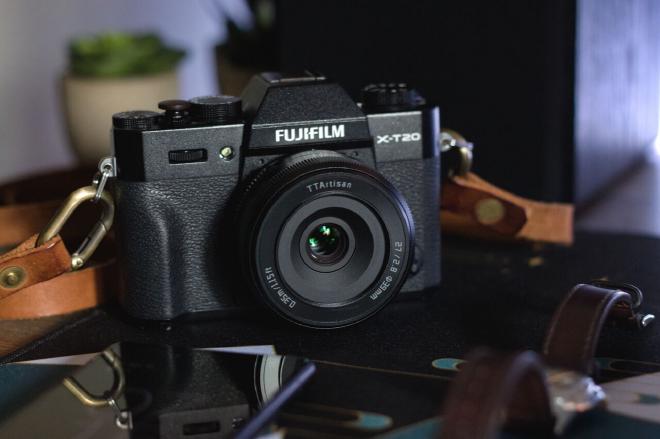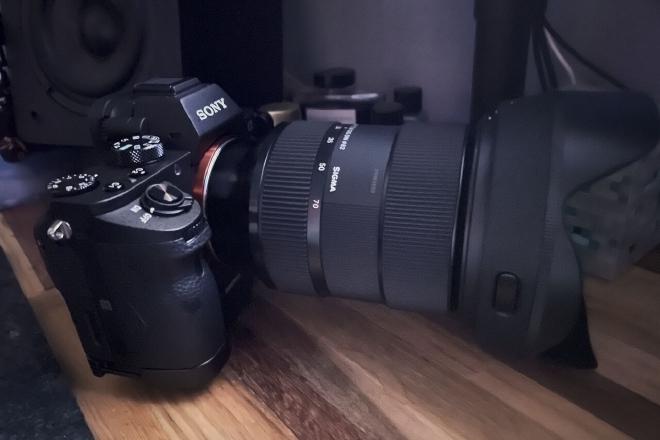There And Back Again, a Fuji X Tale
Table of Contents
If I said that gear didn’t make up a large percentage of why I love photography, I’d be lying. I got into photography, in part, because of my brother. I think he’s cool, so I wanted to do the things he did. But it was also watching him use his DSLR, and my parents their point-and-shoot cameras, that made me want to try out those tools. It was, in part, the gear. That nostalgia for the old cameras I saw my family using combined with the fact that I used to enjoy shooting film, and I think the fact that I’ve always found myself drawn to Fujifilm’s mirrorless cameras makes a lot of sense. So, what drew me away from them, and how did I find my way back?
Intro to Photography 📷
My first camera was a Canon T1i, a 2009 entry-level DSLR, for which I immediately purchased a Canon 50mm f1.8 nifty-fifty, both of which I still had until very recently. This wasn’t the camera that made me fall in love with photography, but it did solidify that love.
Previously I had only had and shot with point-and-shoot cameras. I actually still have my Canon PowerShot SD780 IS. It’s not that they were bad… In fact they all did a wonderful job of capturing memories, but it was clear that there were better options for the budding hobbyist. So, I gave up my savings and purchased my first DSLR. This opened up a side of photography to me that I hadn’t experienced with my other cameras. First, this was my first camera with full manual controls. Secondly, I could now shoot in RAW.

These two aspects of the DSLR shooting experience, manual controls and RAW format, really helped me pursue photography as a pastime and creative outlet. The medium became not just about capturing a moment, but about the process and the joy of using a camera. This joy culminated when, years later, I inherited a Canon AE-1 from my grandfather.
Intro to Film 🎞️
You can read more about why I love film photography so much in one of my previous posts, but to me it is the epitome of photography as a tactile and physical process. And, for a while, most of my photography was made on film. However, time moved on and the costs associated with film added up. It started to become more and more difficult to justify. So, I began seeking something that would give me that joy without having to pay $1+ per shot.
Enter, Fuji 🗻
In 2018 I purchased my first Fujifilm camera, the Fujifilm X-T20. I fell in love with the tactile manual controls, the vintage looks, and the beautiful image files. I learned so much with that camera, and it went with me through camping trips, late night walks downtown, Scotland, and Portugal.
It’s the camera with which I learned that aperture priority mode is (usually) better than manual or shutter priority. It’s the camera with which I learned how to take proper long exposures (without just turning my shutter to thirty seconds and hoping for the best). And it’s the camera that kept reminding me of why I got into photography in the first place… The joy of making photographs with a beautiful piece of kit.
Inclement Weather 🌩️
It was after our trip to Scotland and Portugal, in 2019, that I started worrying about weather sealing. This was due to the number of times I didn’t feel comfortable bringing my X-T20 out of its bag during the unpredictable weather of the Scottish highlands. None of the lenses I had at the time were WR lenses, and to upgrade to a weather sealed Fuji body would have cost $1,200 at a minimum (probably more with today’s prices), maybe $600-700 if I bought something used. I let that experience get the better of me and began looking for the cheapest way to get a fully weather sealed kit.
That’s when I found out and learned about the Micro Four Thirds system. Arguably the best system for hobbyists, Micro Four Thirds offers hugely in terms of features at very reasonable prices. And I loved the look (and size) of the Olympus E-M5 II. This camera, paired with the Lumix 12-60mm f3.5-5.6, offered an extremely affordable, very small and lightweight kit.
I used this setup quite happily for a long time, but then I let something else get the better of me.
The Pursuit of IQ 🔍
It seems silly, now, to think that I wanted better image quality. I rarely print a photo, and even my old T1i offered dynamic range and ISO performance that I could get away with. But, between pixel peeping and often shooting at shallow depth-of-fields, I wanted to try full-frame, and the cheapest way to get a “weather sealed” full-frame kit was the Sony A7II. So, I gave it a try, and I really liked it.
Don’t let anyone tell you otherwise, this is a great camera. And the 28-70mm kit lens is no slouch. The A7II is plenty fast enough for casual photography and its 24mp sensor (with IBIS) is very capable, even today. And the 28-70mm offers a fairly versatile zoom range at normal speeds in a very small (for full frame) package. I’d much rather have it than the new trend of super small but short and slow kit lenses.
So, why didn’t it last? It sounds like it had everything going for it! There are a few reasons.
- One, the image quality was better than the Olympus, but not so much better than the Fujifilm that it mattered day-to-day (for me). In fact, in some scenarios the Fujifilm’s X-Trans sensor does look better than the Sony full-frame.
- Second, the lenses… I don’t need a lot when it comes to lenses, but the lenses I would want on a full-frame Sony are relatively large and expensive compared the Fuji equivalents.
- Third is the carryability of the thing, or rather lack there of. It’s not that the Sony was so big that it was unwieldily, but it wasn’t what I would call discreet.
- Fourth, I kept seeing those darned beautiful Instagram posts of Fujifilm gear!
So, Now What? 🤷
Back to Fuji, and now I’m here to stay. At least… For now. As of the time of writing this, the Fuji X-T20, the camera that started my journey with Fujifilm, is one of the cheapest ways to get into the system. So, I picked one up, along with the super cheap but fun TTArtisans 27mm f2.8.
You see, the Olympus offered portability and affordability, and the Sony offered quality. But Fujifilm offers something neither can really give me: making taking a photograph a beautiful experience.
And that’s enough for me.




